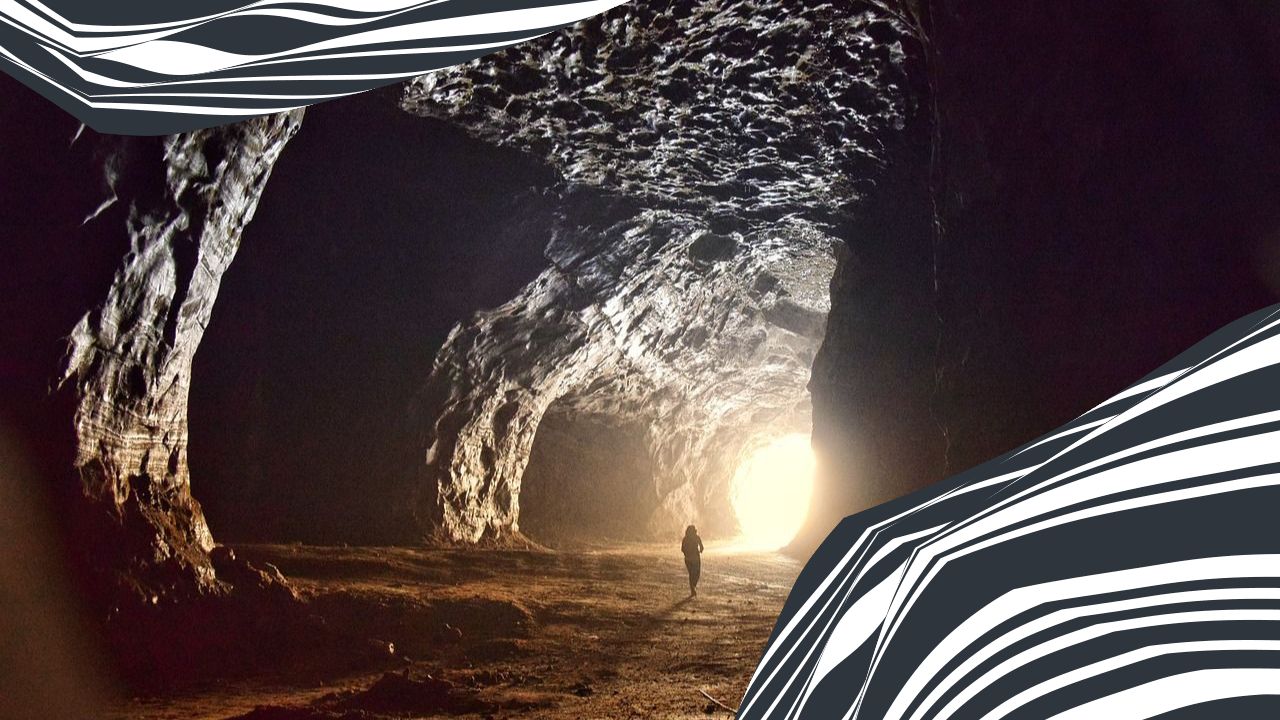Kazakhstan is reaffirming its status as a key player in the global market for rare and rare earth metals by actively expanding its mineral resource base and fostering a favourable investment climate for processing and high-tech production.
The country currently hosts over 100 identified deposits of rare and rare earth elements, including major sites such as Kurumsak, Bala-Sauskandyk, Akbulak, Kundybai, and Verkhnee-Espe. Kazakhstan extracts 19 of the 34 rare earth elements deemed critical to the European Union’s economy, including beryllium, tantalum, niobium, and rhenium – metals in high demand across sectors such as electronics, defence, energy, and telecommunications.
Kazakhstan’s mineral resource base includes significant reserves of:
- Tungsten – 2.4 million tonnes
- Molybdenum – 1 million tonnes
- Lithium – 226.9 thousand tonnes
- Tantalum – 4.6 thousand tonnes
- Niobium – 27.2 thousand tonnes
- Beryllium – 117.5 thousand tonnes
Particularly valuable are the so-called dispersed elements, such as selenium, tellurium, germanium, gallium, and scandium, which are extracted through integrated mineral processing.
A central focus of state policy is the advancement of domestic processing of rare and rare earth metals (RMs and REMs), the development of new production facilities, and the manufacture of export-oriented, competitive products. The government is proactively engaging international partners through a “raw materials in exchange for investment and technology” framework.
With global demand for critical materials projected to quadruple by 2040, Kazakhstan is consolidating its role as a reliable and stable supplier of strategic raw materials to the world’s high-tech industries.

